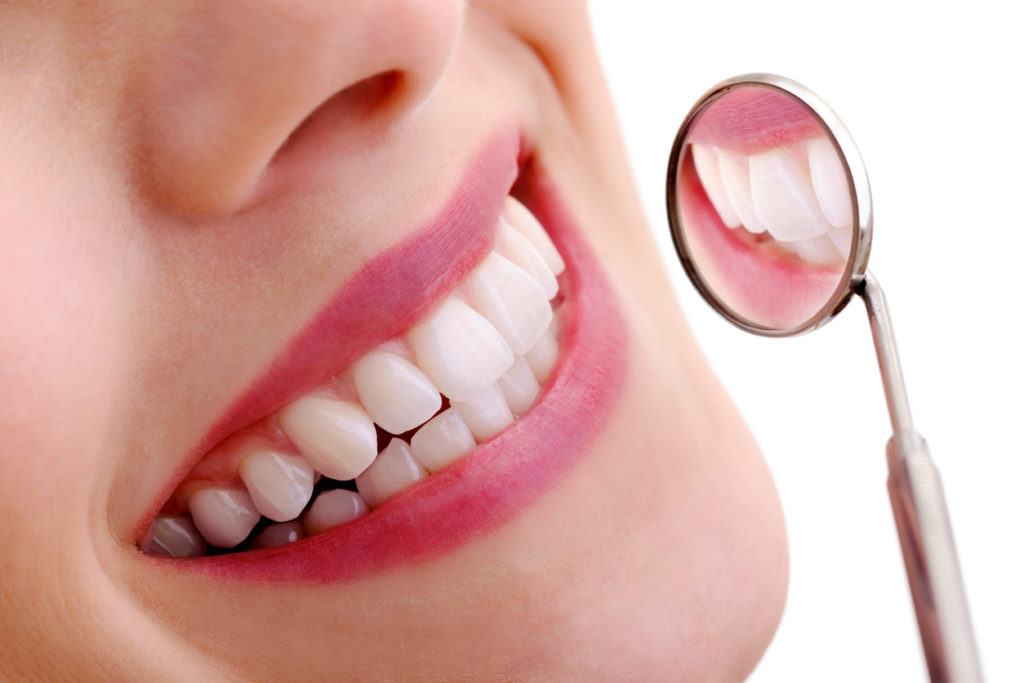 In the quest for good oral health, the frequency of brushing and flossing takes center stage. Amidst varied dental options, it remains important to revisit and reinforce the practices of oral hygiene. Dr Paul Carey
In the quest for good oral health, the frequency of brushing and flossing takes center stage. Amidst varied dental options, it remains important to revisit and reinforce the practices of oral hygiene. Dr Paul Carey
will provide clear, evidence-based recommendations on how often people should engage in these critical dental care rituals.
Brushing: The Cornerstone of Oral Hygiene
The consensus among dental professionals is unequivocal: brushing teeth twice daily is essential for maintaining oral health. This routine, ideally practiced in the morning and before bedtime, ensures the continual removal of plaque, a sticky film of bacteria that forms on teeth and gums. If not addressed promptly, plaque can harden into tartar, leading to cavities and gum disease.
While twice a day forms the foundation, people might consider brushing after meals to prevent the immediate impact of acidic foods and beverages on enamel. However, caution is advised — waiting at least 30 minutes post-meal allows saliva to naturally neutralize acids and protect the enamel from potential brushing erosion.
Flossing: The Underappreciated Hero
Despite being overshadowed by its more prominent counterpart, flossing stands equally vital in an oral hygiene regimen. Flossing once a day suffices to remove food particles and plaque lodged between teeth and along the gum line, areas often missed by the brush. For flossing to be effective, proper technique is imperative, ensuring gentle motions to avoid harming the gums.
When to incorporate flossing into daily routines sparks debate, yet most dental professionals agree on its importance regardless of the timing. Whether it precedes or follows brushing, the critical aspect is its regular inclusion. Nighttime is often recommended as the optimal time to floss, ensuring the removal of a day’s worth of debris and preventing bacterial growth overnight.
Beyond Frequency: Emphasizing Quality
The best practices for brushing and flossing transcend mere frequency. Employing the correct technique and selecting appropriate tools are equally crucial. For brushing, this means using a soft-bristled toothbrush and fluoride toothpaste, adopting gentle, circular motions. Flossing demands a careful approach, using a fresh segment of floss per tooth to avoid transferring bacteria.
For Dr Paul Carey, one’s oral health conditions need tailored approaches. For those with braces, dental implants, or a history of gum disease, extra care such as using specialized floss or interdental brushes may be recommended. Consulting a dental professional can provide personalized advice aligning with specific health needs and conditions.
The Role of Professional Cleanings
Even with diligent adherence to brushing and flossing routines, professional cleanings play a pivotal role in oral health. Scheduled visits to the dentist, typically recommended every six months, enable the removal of tartar buildup and a comprehensive check for any signs of dental issues. These appointments also offer an opportunity for tailored advice on improving home care techniques.
Preventative Care: A Long-term Investment
Embracing professional cleanings as part of a preventative care strategy not only safeguards against dental diseases but also represents a long-term investment in overall health. Studies link poor oral health to a range of systemic conditions, including cardiovascular disease and diabetes, highlighting the broader implications of maintaining dental hygiene.
For Dr Paul Carey, the frequency of brushing and flossing forms the backbone of effective oral hygiene. The commitment to maintaining good practices reflects a broader commitment to overall well-being, underscoring the intrinsic link between a healthy mouth and a healthy body.



